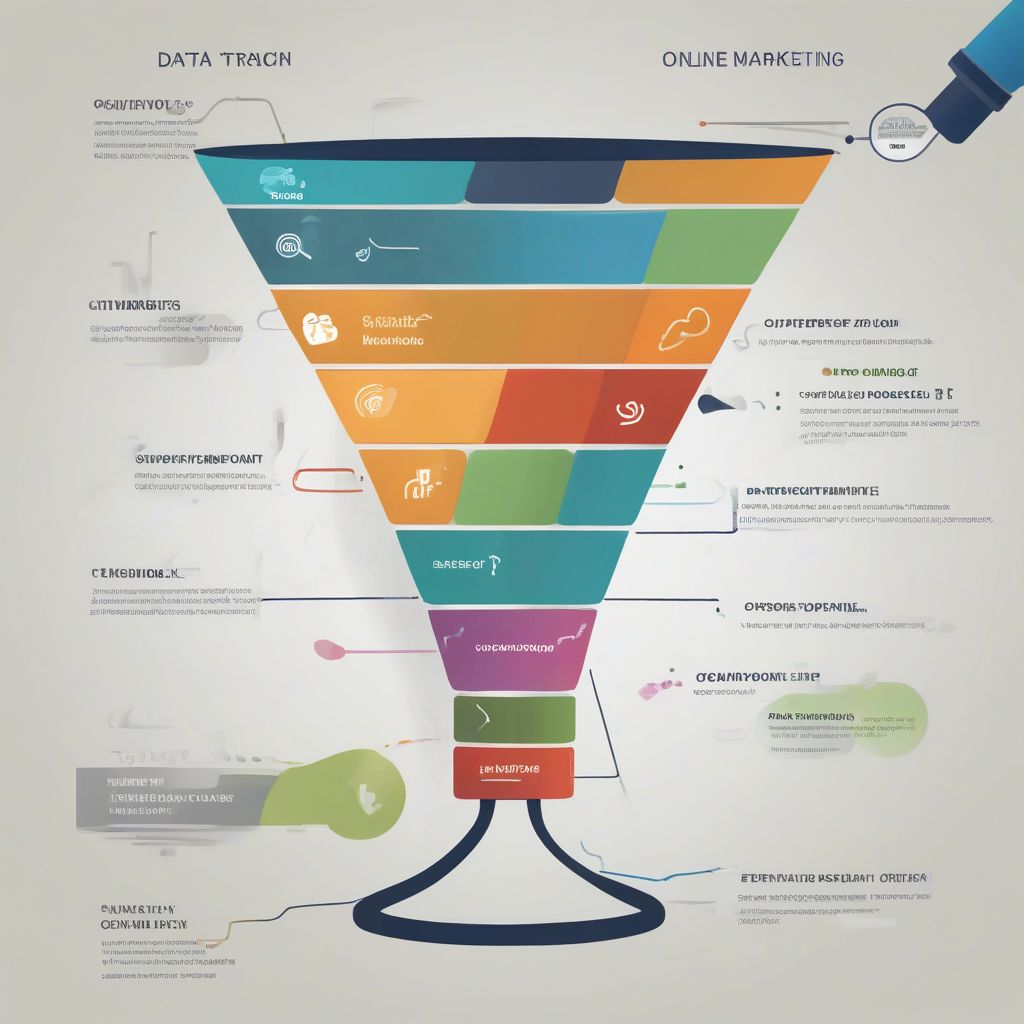In today’s digital age, where marketing campaigns span across multiple channels and touchpoints, understanding the true impact of your efforts can feel like solving a complex puzzle. How do you know which channels are driving conversions, which touchpoints are influencing customer journeys, and most importantly, how do you optimize your marketing spend for maximum return on investment (ROI)? This is where the power of data-driven attribution comes into play.
taigamemienphi.me/wp-content/uploads/2024/08/multichannel-marketing-funnel-66c5ac.jpg" alt="Multichannel Marketing Funnel" width="1024" height="1024">Multichannel Marketing Funnel
What is Data-Driven Attribution?
Data-driven attribution moves beyond the traditional last-click attribution model, which only credits the final touchpoint before a conversion. Instead, it leverages data analytics to assign credit to all touchpoints that contributed to a desired outcome, such as a purchase or a lead. This holistic approach provides a clearer picture of how your marketing channels are working together and which ones are truly driving results.
Why is Data-Driven Attribution Crucial for Modern Marketers?
In a nutshell, data-driven attribution empowers you to:
- Optimize Marketing Spend: By understanding which channels and campaigns are most effective, you can allocate your budget more efficiently and maximize your ROI.
- Refine Marketing Strategies: Data-driven insights allow you to identify areas for improvement in your marketing strategy and optimize campaigns for better performance.
- Enhance Customer Journey: By understanding how customers interact with your brand across channels, you can create more personalized and engaging experiences.
- Make Data-Backed Decisions: Move away from guesswork and make informed decisions based on concrete data about what’s working and what’s not.
Common Data-Driven Attribution Models
There are various attribution models, each with its own way of assigning credit to touchpoints. Some of the most common models include:
- Linear Attribution: Distributes credit equally among all touchpoints in the customer journey.
- Time Decay Attribution: Gives more credit to touchpoints closer to the conversion, acknowledging the influence of recency.
- Position-Based Attribution (U-Shaped): Assigns higher credit to the first and last touchpoints, recognizing their role in initiating and closing the conversion.
- Markov Chain Attribution: Uses statistical modeling to analyze the probability of conversion at each touchpoint, accounting for complex customer journeys.
How to Implement Data-Driven Attribution
Implementing data-driven attribution requires a strategic approach:
- Define Your Goals: Clearly identify the key performance indicators (KPIs) you want to measure, such as website traffic, lead generation, or sales.
- Choose the Right Attribution Model: Select the model that best aligns with your business goals and the complexity of your customer journeys.
- Collect and Integrate Data: Ensure you have the infrastructure to collect data from all relevant marketing channels and integrate it into a central platform for analysis.
- Utilize Attribution Tools: Leverage marketing analytics platforms and attribution software to process data, generate reports, and visualize insights.
- Continuously Monitor and Optimize: Regularly review your attribution data, identify trends, and make adjustments to your marketing strategies based on the insights you gain.
Overcoming Challenges in Data-Driven Attribution
- Data Silos: Ensure seamless data integration across all marketing channels to avoid fragmented insights.
- Data Accuracy: Maintain high data quality to ensure the reliability and accuracy of your attribution results.
- Choosing the Right Model: Experiment with different models to determine the best fit for your specific needs.
- Interpreting Results: Develop a deep understanding of attribution models and metrics to accurately interpret the insights.
The Future of Data-Driven Attribution
As technology advances and data analytics capabilities continue to evolve, we can expect to see:
- Increased Use of AI and Machine Learning: Automate data analysis, model selection, and provide more sophisticated insights.
- Real-Time Attribution: Access attribution data in real time to enable faster decision-making and campaign adjustments.
- Cross-Device Attribution: Accurately track and attribute conversions across multiple devices used by a single user.
Conclusion
Data-driven attribution is no longer a luxury but a necessity for modern marketers looking to navigate the complexities of the digital landscape. By embracing a data-driven approach, businesses can gain a competitive edge by optimizing marketing spend, enhancing customer journeys, and driving sustainable growth in the long run.
